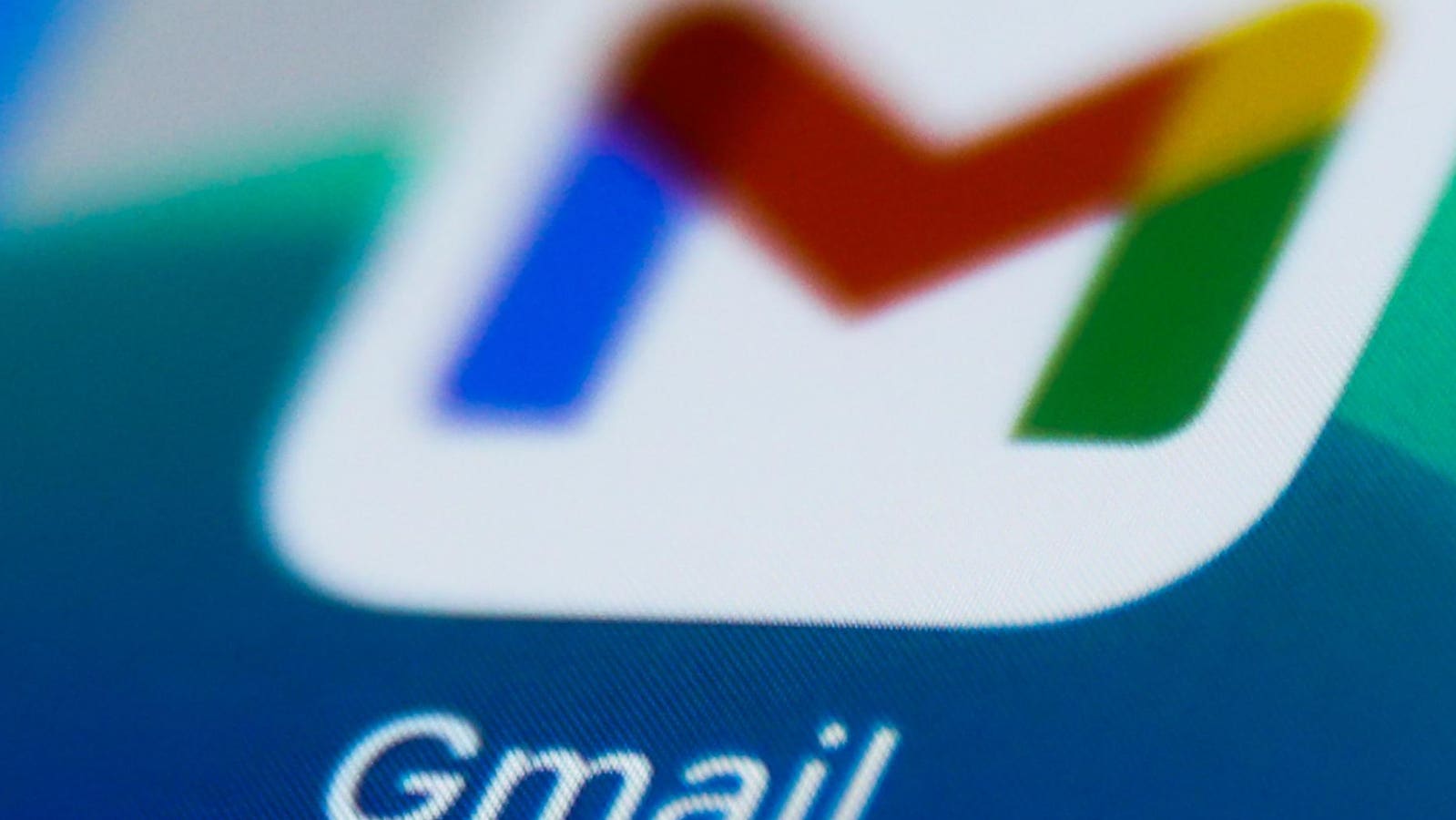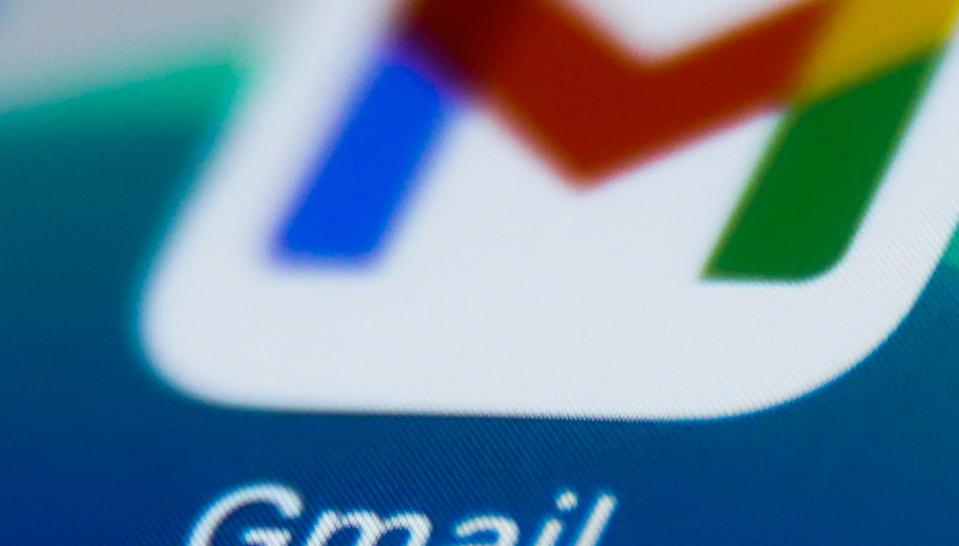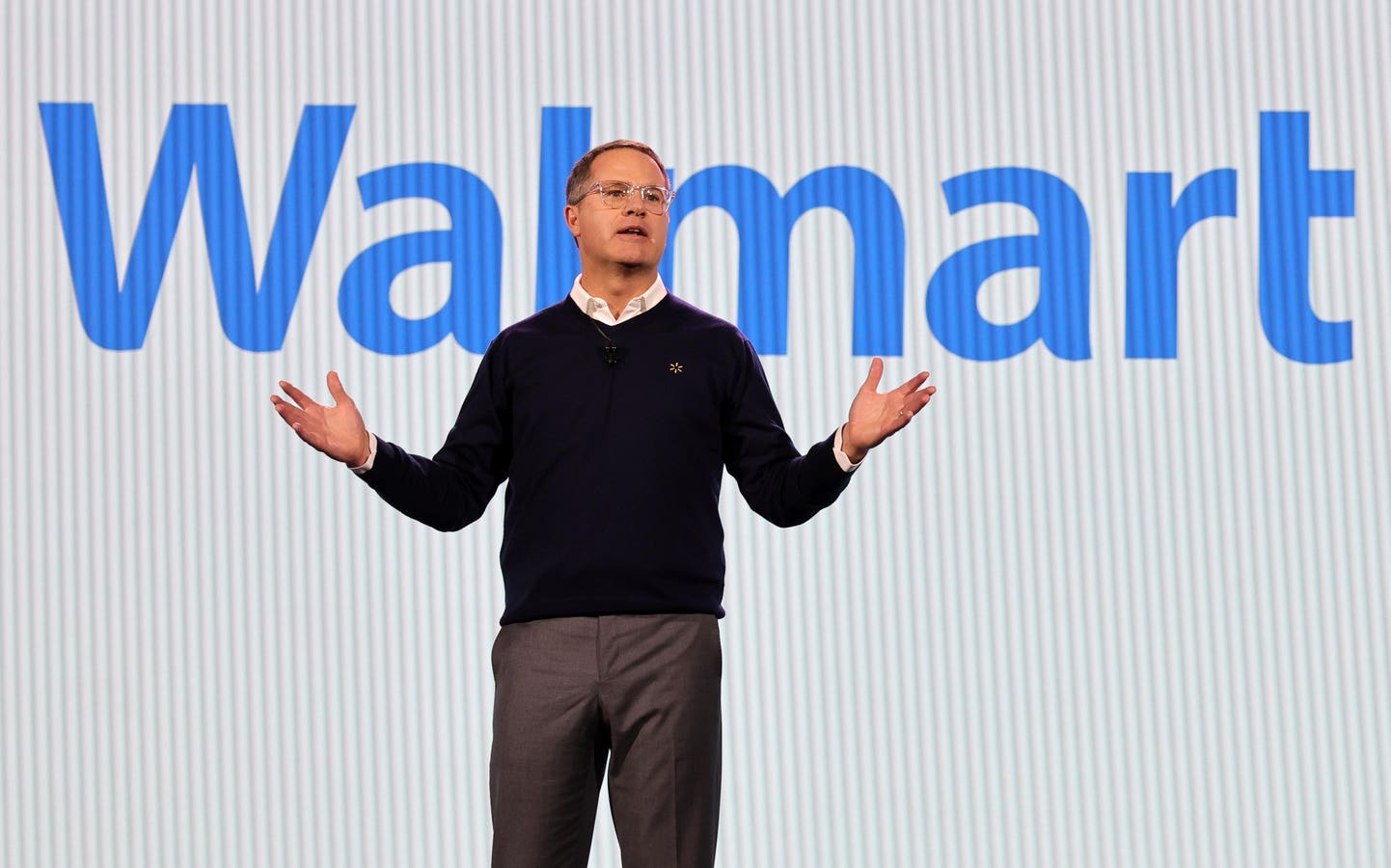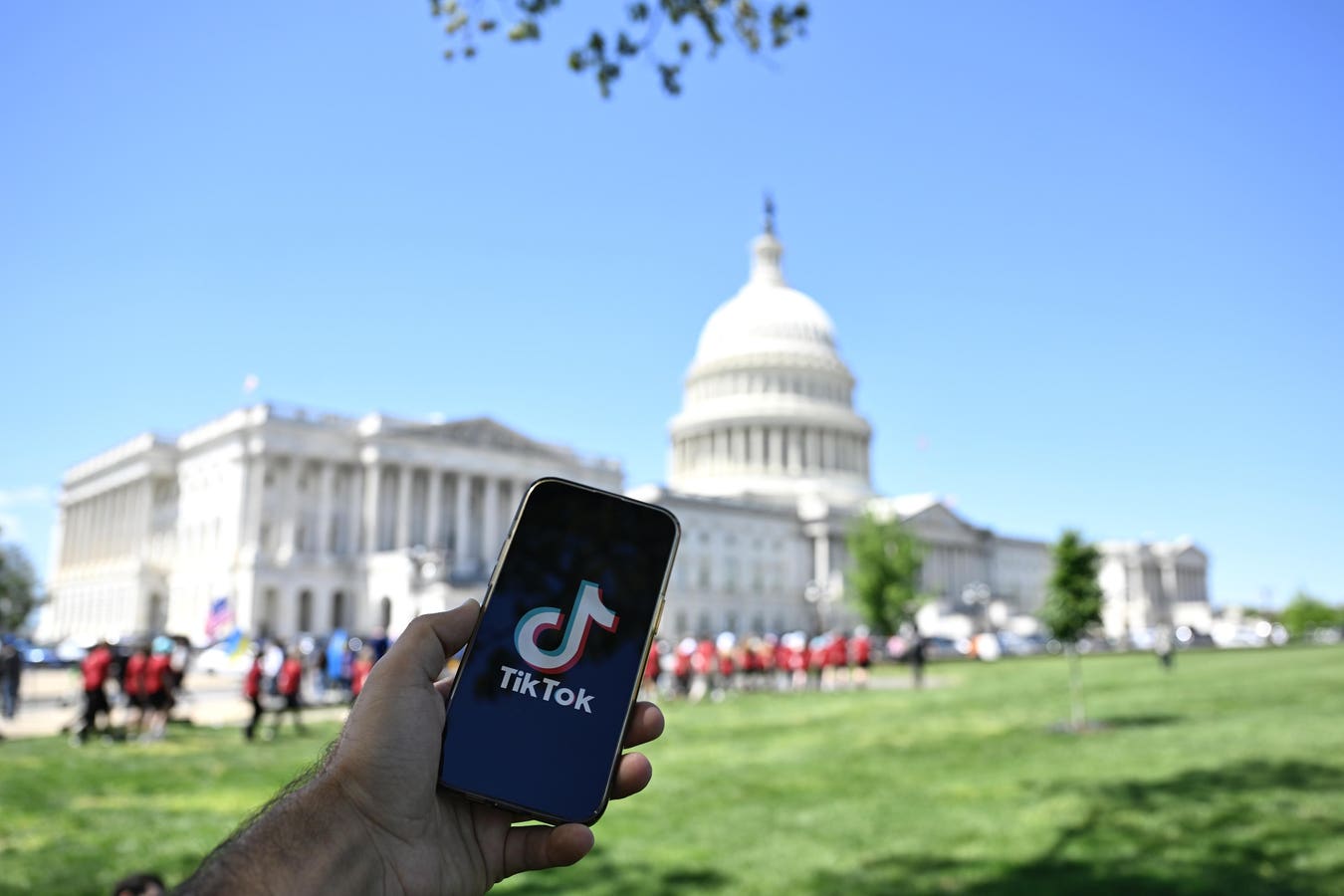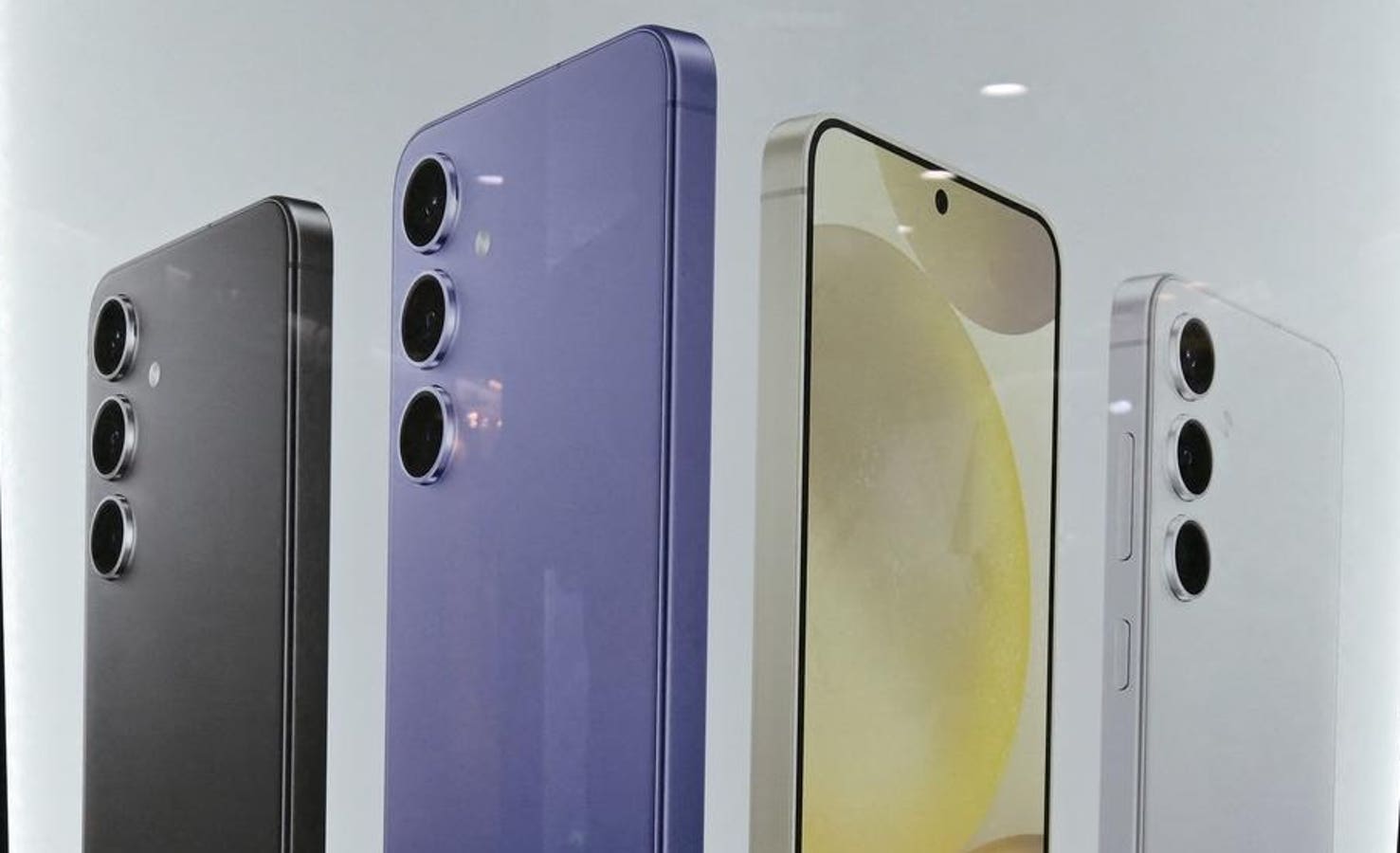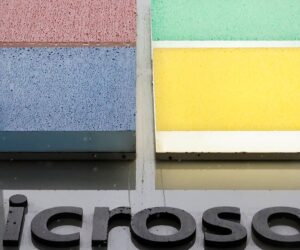New update does not solve Gmail’s main problem.
Republished on July 20 with a new report showing why your inbox is under threat.
Google is on a roll with Gmail. Upgrading the world’s most popular email platform with a raft of AI uplifts that give its 2 billion users some serious decisions to make, as they balance privacy and convenience. And there’s more of the same with its latest update, which helps but still leaves Gmail users in need of different email addresses.
The coverage of Google’s most recent change — the addition of an unsubscribe button and backend process for marketing emails — has been universally positive. And why not. Who doesn’t want a simple way to dispatch spam to the trash folder.
But this is a bandaid when a different solution is needed. It’s not an unsubscribe button you need, it’s a fresh new email address. One that’s not already sitting in countless marketeer and spammer databases pumping out content. And there are plenty of reasons to set up a new account and clean house when it comes to your contact details.
But that only works if the situation doesn’t repeat over time. Even if you just want to prevent the current situation getting worse, you need to stop sharing your email address with anyone that asks. Thankfully, Google has a solution waiting in the wings.
Changing your email address is inconvenient, and so Google has a halfway house. We’re talking Shielded Email, Google’s answer to Apple’s excellent Hide My Email offering that enables users to easily create new email aliases instead of supplying their real addresses when asked to do so online. These new addresses can then be deleted when it becomes apparent they’re driving a mass of unwanted spam in your direction.
This is akin to a new email address any time you want one, addresses that can be turned off at will. None of those you share these with can see your real email address, and that means when you turn one off, you also turn off anyone who has been sold that data.
Android Authority unpicked a Google Play Services APK and reported that Shielded Emails “will be part of Google’s Autofill system. Just think of all the apps or screens where Google pops up with its suggested autofill details based on your saved passwords and usernames; all of these should be the new home for this new Shielded Email.”
This stops your email address getting into the hands of marketeers and scammers, which is materially better than having to group all this junk together and hit a button to unsubscribe. In reality, you didn’t actually subscribe to most of this in the first place.
As Apple says, Hide My Email “lets you keep your personal email address private, whether you’re creating a new account with an app, signing up for a newsletter online, making a purchase or sending an email to someone you don’t know well.”
Contrast this with Google’s new unsubscribe offering, which sorts junk “by the most frequent senders alongside the number of emails they’ve sent you in the past few weeks,” and then lets you “easily unsubscribe in one click, and Gmail will send an unsubscribe request to the sender on your behalf.”
This is not the same. As Google itself admits, “it can be easy to feel overwhelmed by the sheer volume of subscription emails clogging your inbox: Daily deal alerts that are basically spam, weekly newsletters from blogs you no longer read, promotional emails from retailers you haven’t shopped in years can quickly pile up.”
Apple provides new email addresses on demand to “protect your inbox from spam and shield your personal data from hackers.” Unfortunately, an unsubscribe button does neither of those things, it just makes deletions easier.
Google’s equivalent offering can’t come soon enough. It has been teased since late last year and we’ve seen pre-release code. I would not want this unsubscribe button to be seen as a replacement or to reduce the need. It does neither.
Google’s latest Gmail update.
The other way to reduce spam is to turn off your email completely. There’s a separate debate as to the archaic nature of email itself and the need for something new. Its core architecture hasn’t changed in decades and it remains an open platform that requires users to provide their core contact information to all and sundry.
This is why you need a new email address, of course. But sometimes email goes off all on its own, and you get the same result. Peace and quiet. We saw that with Outlook earlier in the month, and on Friday it was Gmail’s turn to go down.
Per Tom’s Guide, “this was a significant issue and one that could negatively impact Google users’ ability to do, well, anything,.” The good news, though, is that “it didn’t last too long,” and was here and gone before it received much pickup at all.
According to CNET, “it seems that the troubles began around 8.a.m PT on Friday morning, just as many people in the U.S. were beginning their work day. At this time, Downdetector saw sharp spikes in reports across all Google services.”
Google says it lasted for less than an hour. “Various Workspace services are experiencing elevated latency and error rates,” with the “initial investigation pointing to a hardware infrastructure failure as the likely cause. Engineers mitigated the workspace impact by routing the traffic away from the affected hardware infrastructure.”
For all those impacted, that was an hour without any spam hitting their inboxes. Kind of like a fresh new email address that no one yet knows or has in their database.
And the need for a break from spam is abundantly clear as soon as you take a look at the latest marketing industry’s perspective on this. “There are few growth levers that could allow a single person to grow a startup from $0 to $1M ARR in a matter of months. There are even fewer that could be done with nothing but an internet connection and a laptop—and virtually no budget. Cold outbound is one such lever.”
Picking up on Za-zu’s “Cold Outbound Handbook,” Programming Insider says “critics of cold email often overlook the channel’s inherent asymmetry between inconvenience and value.” TL;DR, it’s an acceptable trade-off for you to have to filter and delete.
“Receiving an unwanted email,” goes the theory, “takes mere seconds to delete or filter, imposing minimal disruption. Conversely, effective cold email campaigns can substantially benefit businesses and their customers, driving significant growth, employment opportunities, and market innovation.”
“The definition of spam is surprisingly controversial.” Recipients might not agree — it seems quite clear cut, but “Merriam-Webster defines spam broadly as unsolicited, mass commercial messages. Oxford, on the other hand, emphasizes content relevance, suggesting spam is largely dependent on the message’s substance and intent. The lack of a universally accepted definition underscores the difficulty businesses face when navigating cold email campaigns.”
Zu’zu’s handbook teases that “within seconds of this very moment, you could send an email to your dream investor. Or a potential customer.” And that “a few minutes from now, that person could reply. And a week from now, you could be on the phone having a conversation that will change the course of your company and your life. It’s almost unbelievable how powerful cold outbound is: in business, you can get almost anything you want with a damn good email.”
Globally, somewhere between 160 and 200 billion spam emails are sent each and every day, accounting for around half of all the emails that are sent. This doesn’t include the marketing emails you receive from brands you have purchased from or registered with. Spam is just the unsolicited, almost universally unwanted emails that come at you.
Google says “AI is transforming how the Gmail team protects billions of inboxes,” This includes “ground-breaking AI models that significantly strengthen Gmail cyber-defenses, including a new large language model (LLM) that we trained on phishing, malware and spam. By spotting patterns and responding rapidly, this LLM alone blocks 20% more spam than before and reviews 1,000 times more user-reported spam daily.”
Google already stops a staggering number of emails before they hit inboxes. It says “more than 99.9% of spam, phishing and malware” is caught. And yet you still receive more than you can handle — thus this new unsubscribe button.
Still think you don’t need a fresh new email address that’s not on the list?

